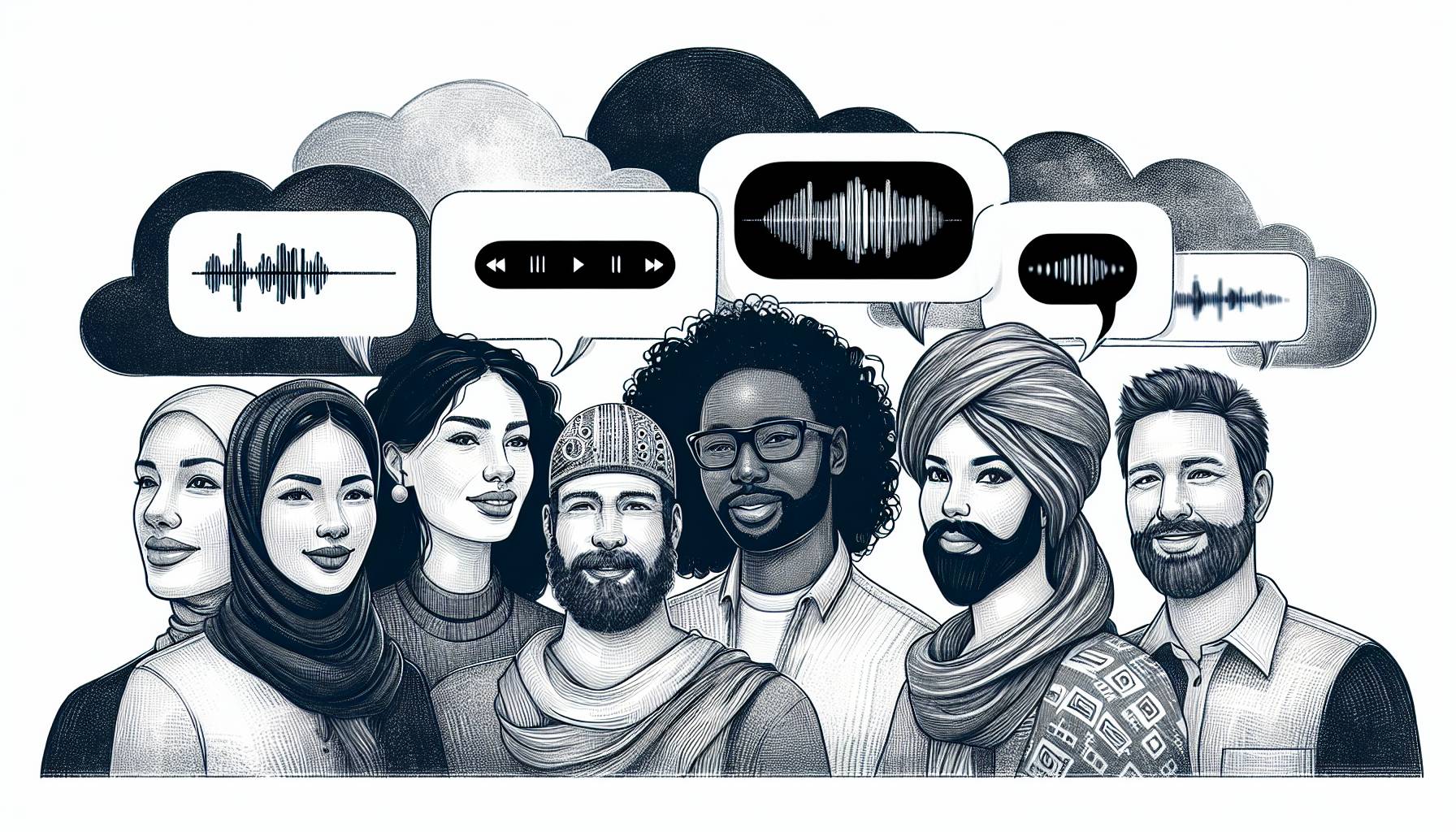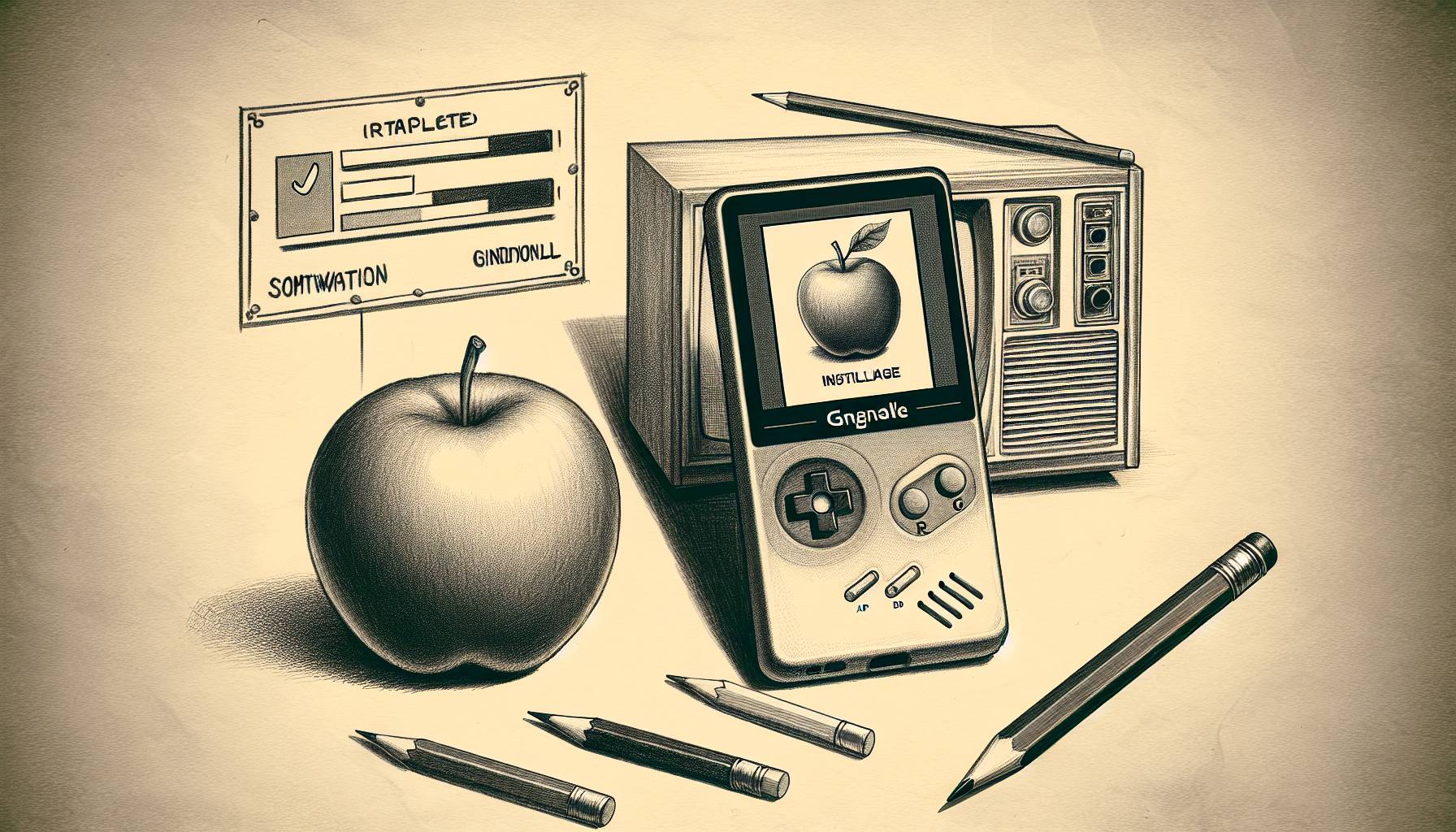A market research company has made some interesting predictions about the smartphone market in 2015. While their top dog might not surprise you, their pick for No. 2 might catch you off guard. Also, the Android Market now features one of the least appealing app features, so that’s exciting!
Who does number two work for?
If humans actually had the ability to see the future, Las Vegas would probably be short quite a few of its current casinos, and many of us would be lining our pockets with our unique ability to tell the winners from the losers well in advance.
Unfortunately, my mail order catalogue issued pre-cog still hasn’t arrived, so I’m left to read predictions based on analytical research, like the kind VentureBeat points out from market research company IDC.
According to IDC and the VentureBeat story, smartphones using the Android OS currently hold 39.5 percent of the phone OS market share, with Symbian coming in second at 20.9 percent.
What the research surmises is that, thanks to Nokia’s (NOK) new alliance with Microsoft (MSFT), users currently on Symbian-based phones will make the jump to phones supporting the Windows Phone 7 OS, increasing Microsoft’s market share from 5.5 percent in 2011 to 20.9 percent in 2015. In that scenario, Android is still on top with a 45.4 percent share of the smartphone OS market.
Feel free to grab the next flight to Las Vegas and place your bets on whether that prediction becomes a reality. I think I’ll hold on to my money for now. At least until the NBA playoffs start.
Android Market now features in-app billing
Raise your hand if you love it when a “free” iPhone app turns out to have most of its features hidden behind in-app purchase paywalls. Although I can’t actually see anyone’s hands, I think it’s safe to assume there aren’t too many big fans of this “feature,” but now iPhone users won’t be the only ones familiar with it.
That’s because, according to TechCrunch, the Android Market now supports in-app billing.
On the plus side, in-app billing offers developers a chance to earn some actual money — minus 30 percent taken off the top by Google (GOOG) — for these apps that they work so hard to create. That doesn’t seem so bad.
Plus, it’s always nice to get an app that is free save for a few features you weren’t going to use anyway when the other option would be paying for things that you might have had no use for. This does seem like a better alternative.
Still, downloading an app that seems free only to find out that all of the video or audio content is actually a few bucks out of reach is a weird, unpleasant experience. As this announcement shows, however, it seems to be an experience that’s here to stay for now.












